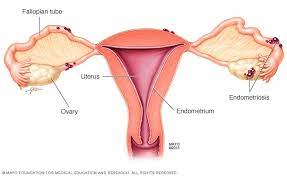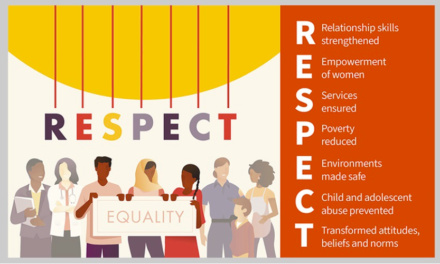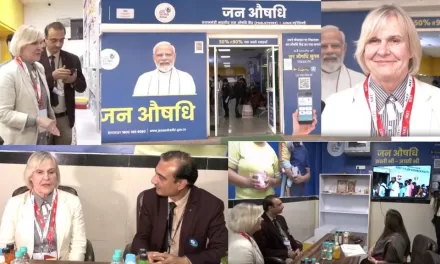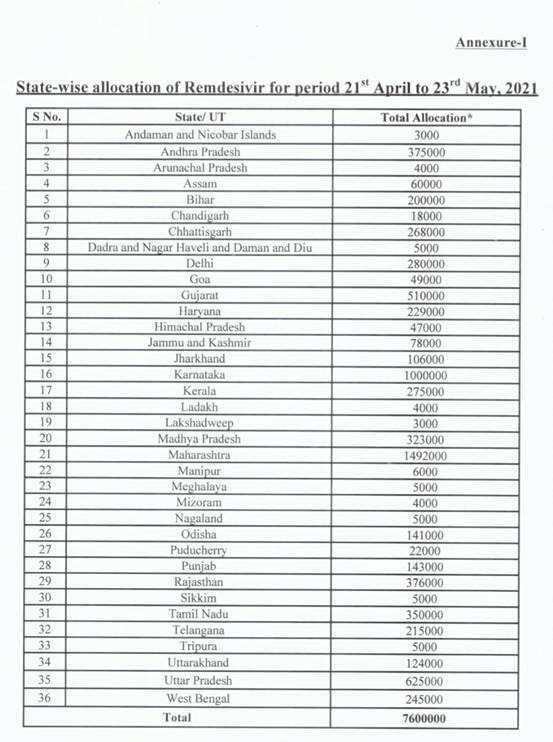A significant proportion of childhood diseases worldwide is linked to environmental factors, and the growing threat of climate change exacerbates these effects, according to the American Academy of Pediatrics (AAP). The AAP’s latest policy statement and technical report, published in the February issue of Pediatrics, highlights the urgent need for pediatricians to prioritize environmental health in their practice.
The new recommendations emphasize that pediatricians should be aware of the environmental hazards affecting children and integrate them into patient care. Pediatricians in North America, who are increasingly treating young people from low- and middle-income countries (LMICs), face heightened concerns about toxic exposures. In LMICs, children are often exposed to lead, mercury, arsenic, pesticides, and air pollution, all of which pose serious health risks.
Understanding Environmental Hazards
One key recommendation is for pediatricians to ask families about potential toxic materials that may enter their homes through parents’ clothing, shoes, or vehicles. “The environment has a far greater impact on children’s health than what is generally known or appreciated,” said Dr. Lauren Zajac, MD, MPH, one of the lead authors of the policy. She pointed out that while conditions such as asthma are readily linked to environmental factors, some children may not show immediate signs of exposure, which makes taking an environmental history critical.
The AAP report emphasizes the alarming statistics regarding children’s health in LMICs. Children under the age of 5 are disproportionately affected by environmental hazards in these countries, with 26% of deaths attributed to these causes compared to 17% in high-income countries. Pollution alone is responsible for an estimated nine million deaths annually worldwide, three times as many as the combined total of deaths from AIDS, tuberculosis, and malaria.
The Importance of Targeted Screening
Diseases caused by environmental factors seldom present with unique physical symptoms, which makes exposure history and targeted questions essential. Pediatricians are encouraged to ask about environmental hazards in the home, neighborhood, and other places where children spend time. Positive responses during screenings should lead to further evaluation or referral to specialized centers such as Pediatric Environmental Health Specialty Units (PEHSUs), which provide expert guidance on environmental health.
Additionally, the mental health of children who have emigrated from LMICs needs close attention, as they may have been exposed to trauma, including poverty, war, and violence. In such cases, appropriate mental health support is vital.
Several tools are available to assist pediatricians in assessing environmental exposures, such as the World Health Organization’s “Green Page” and guidance from the Centers for Disease Control and Prevention on immigrant and refugee health.
A Call to Action
Dr. Zajac stressed the need for policies that prioritize children’s health. “There are many steps we can take to reduce children’s exposure to toxic environments — whether in the doctor’s office, at a city council meeting, or when developing global policy,” she said.
The AAP report serves as a crucial reminder that pediatricians must take proactive steps in identifying environmental risks to children and advocating for safer environments at both local and global levels.
Disclaimer: The information in this article is based on the AAP’s policy statement and technical report as published in the February issue of Pediatrics. It is intended for educational purposes and should not be used as a substitute for professional medical advice. Always consult healthcare providers for diagnosis and treatment of health conditions.











